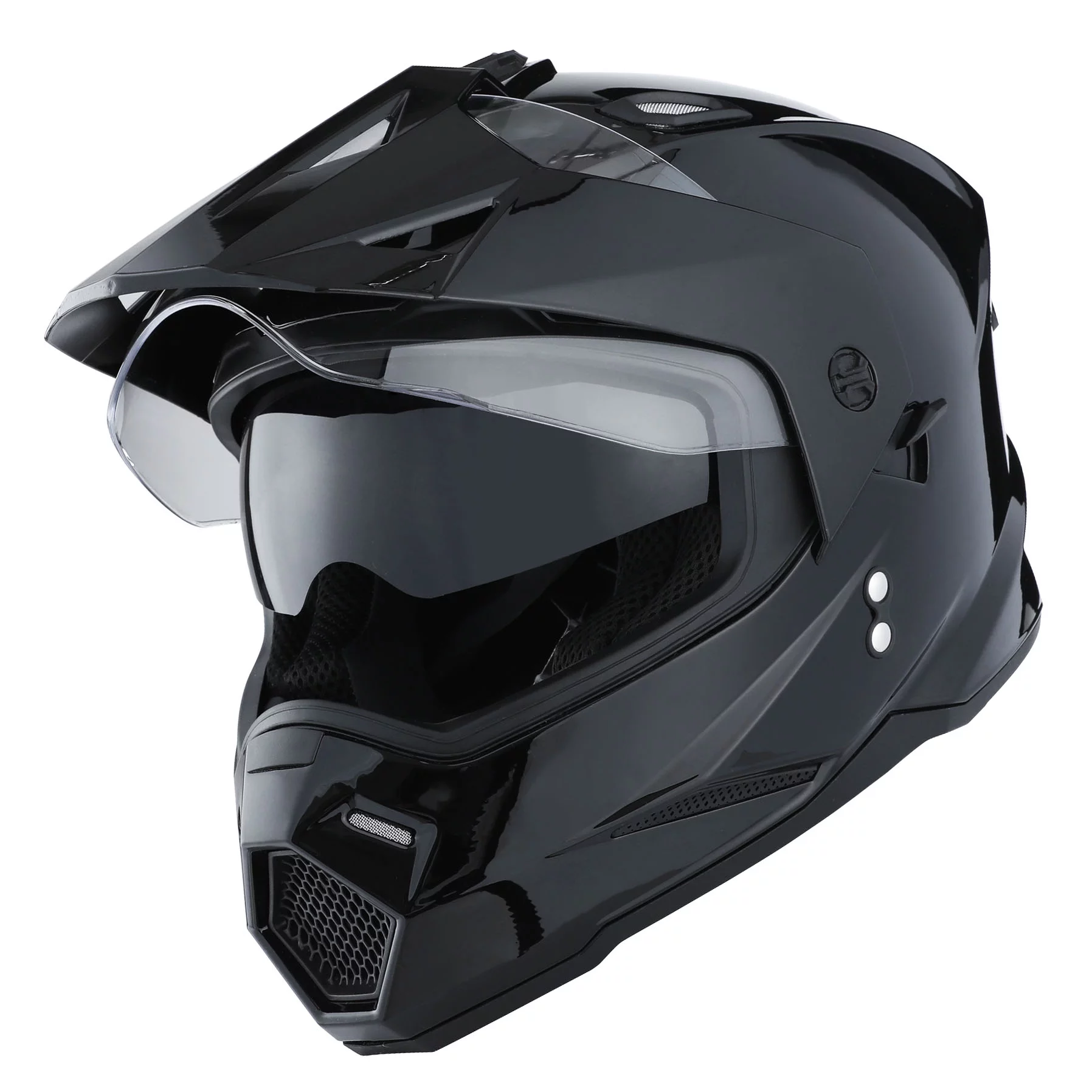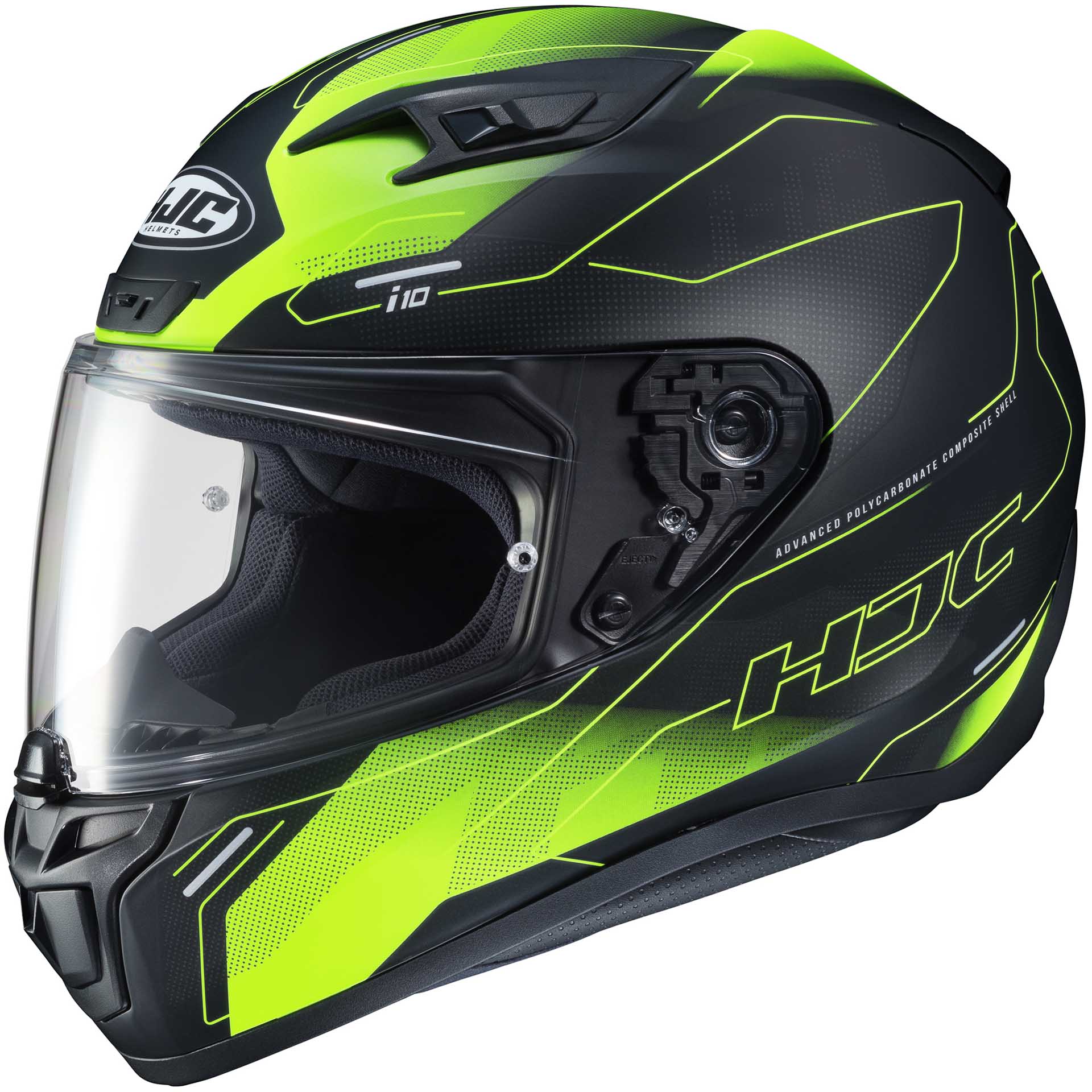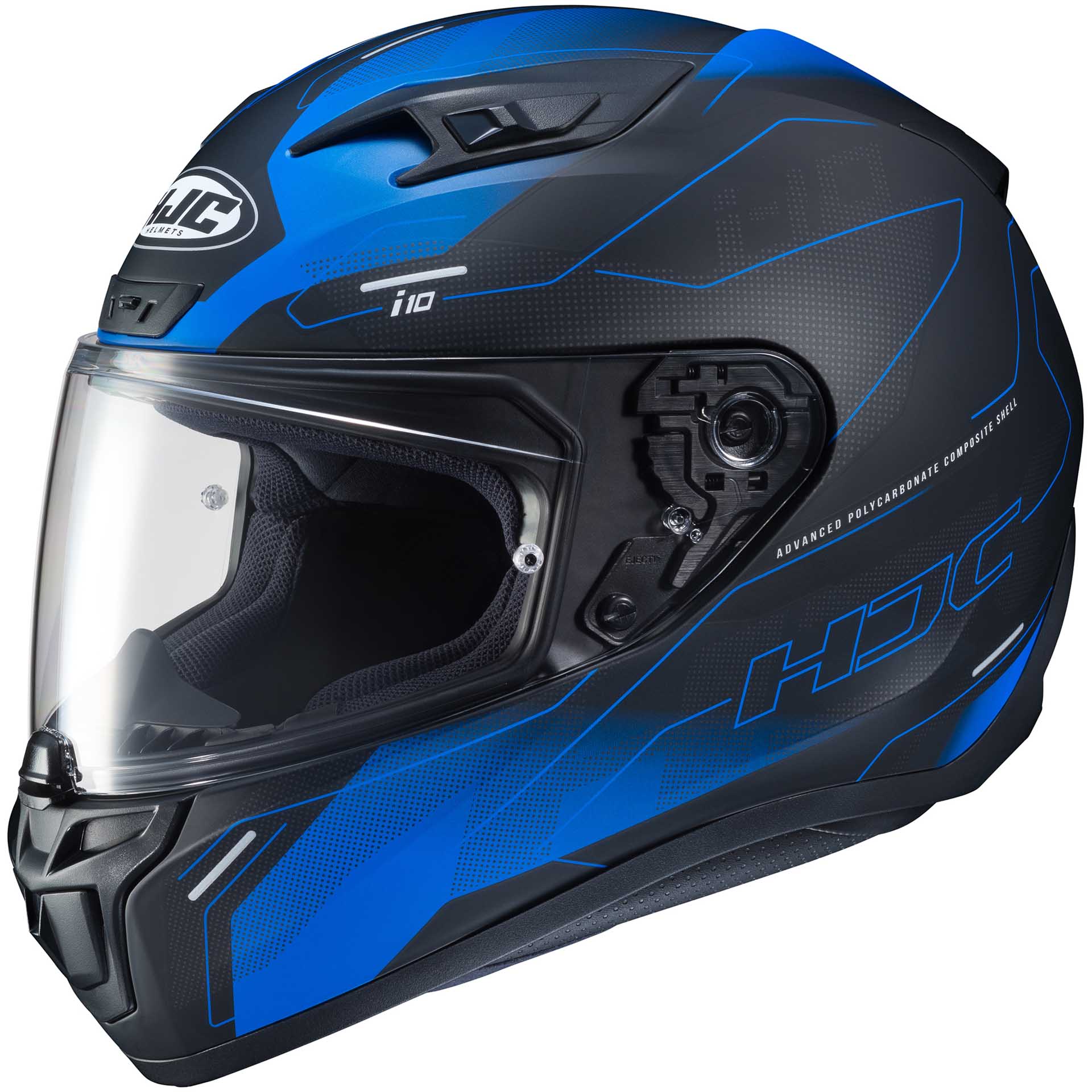Motorcycle helmets are essential for rider safety, providing crucial protection in the event of a crash. However, they are not designed to last indefinitely. The question every motorcyclist eventually asks is, “How long is a motorcycle helmet good for?” Understanding the lifespan of a helmet and the factors that influence its longevity can significantly impact your safety on the road. This article delves into these factors, offering specific guidance to help you maintain optimal protection.
Manufacturer Recommendations
Most helmet manufacturers recommend replacing a helmet every five years. This guideline is based on the average lifespan of the helmet materials, which degrade over time due to exposure to environmental factors such as UV rays, moisture, and temperature fluctuations. Additionally, the gradual wear and tear from regular use contribute to the helmet’s aging process.
However, this five-year rule isn’t set in stone. Depending on how frequently you ride and the conditions you expose your helmet to, you might need to replace it sooner. For example, if you ride daily in harsh weather conditions, your helmet may deteriorate faster. Conversely, if you only ride occasionally and store your helmet properly, it might last longer than five years while still providing adequate protection.
Impact of Accidents
One of the most critical factors influencing a helmet’s lifespan is impact. If your helmet has been involved in a crash or even a significant drop, its protective capabilities can be compromised, even if there are no visible signs of damage. The inner foam, designed to absorb impact, can compress or crack, reducing its effectiveness in future accidents.
Even minor impacts can cause unseen damage. Therefore, it’s essential to replace your helmet after any significant impact to ensure it can provide the protection you need. Regularly inspect your helmet for internal and external damage, paying close attention to the foam liner and outer shell. If you have any doubts about its integrity, err on the side of caution and replace it.
Material Degradation
Helmets are made from various materials, including polycarbonate, fiberglass, and carbon fiber. Each material has different properties and degradation rates. Polycarbonate helmets, for instance, tend to degrade faster than those made from fiberglass or carbon fiber. Exposure to UV rays can cause polycarbonate shells to become brittle over time, compromising their protective capabilities.
The inner foam liner, typically made from expanded polystyrene (EPS), also degrades. This material can lose its ability to absorb impacts after several years, especially if exposed to extreme temperatures or moisture. Ensuring your helmet is stored in a cool, dry place can help prolong the lifespan of these materials, but they will inevitably degrade over time.
Signs of Wear and Tear
Knowing when to replace your motorcycle helmet isn’t just about time or impact—it’s also about recognizing signs of wear and tear. Regularly inspect your helmet for cracks, chips, or dents on the outer shell. Check the lining for signs of compression, flaking, or deterioration. Additionally, inspect the straps and buckle for fraying or damage, as these components are crucial for keeping your helmet securely in place.
Unpleasant odors and persistent moisture within the helmet are additional indicators of wear. These can result from sweat and environmental exposure, degrading the inner liner faster. If you notice any of these signs, it’s a clear indicator that your helmet may no longer provide the necessary protection and should be replaced.
Advancements in Helmet Technology
Helmet technology continues to evolve, with manufacturers constantly improving safety features and designs. Even if your motorcycle helmet appears to be in good condition, it may lack the latest safety features. Innovations such as Multi-directional Impact Protection System (MIPS), which reduces rotational forces during impacts, and advanced materials like Koroyd, offering improved impact absorption, are now available in newer helmets.
Staying updated with these advancements enhances your safety on the road. While it might seem costly to replace a helmet that appears functional, upgrading to a model with the latest technology can provide significantly better protection. It’s an investment in your safety well worth considering.
Proper Helmet Care and Maintenance
Ensuring your motorcycle helmet lasts as long as possible involves proper care and maintenance. Clean your helmet regularly, following the manufacturer’s instructions. Use mild soap and water to clean the shell, avoiding harsh chemicals that can degrade the materials. For the inner liner, many helmets have removable, washable liners, allowing you to keep it clean and fresh.
Avoid exposing your helmet to extreme temperatures. Leaving it in a hot car or exposing it to freezing conditions can accelerate material degradation. Store your helmet in a cool, dry place, away from direct sunlight. Additionally, never hang your helmet on handlebars or mirror stalks, as this can deform the inner lining over time.
Certification and Safety Standards
Ensuring your motorcycle helmet meets or exceeds safety standards is crucial. Certifications like DOT (Department of Transportation), Snell, and ECE (Economic Commission for Europe) indicate that the helmet has undergone rigorous testing and meets specific safety criteria. However, these standards are periodically updated, and older helmets might not meet the latest requirements.
When purchasing a new helmet, verify its certification. Helmets certified under newer standards typically incorporate the latest safety features and technologies. Always look for an indication of certification, such as a sticker or label, to ensure you’re choosing a helmet that meets current safety standards.
Resale and Secondhand Helmets
While it might be tempting to purchase a secondhand helmet to save money, it’s generally not advisable. You can’t be certain of its history or whether it’s been involved in an accident. Even if it appears to be in good condition, unseen damage can compromise its effectiveness. If you must buy secondhand, ensure it comes from a trustworthy source and inspect it thoroughly for any signs of damage or wear.
Reselling your old helmet also poses risks. Once a helmet has degraded or been involved in an impact, it should be retired from use. Passing it on to someone else could potentially endanger their safety. Responsible disposal, like recycling programs offered by some manufacturers, is a better option.
Customization and Accessories
Many riders enjoy customizing their helmets with stickers, paint, or accessories. While personalization can add flair, be cautious. Certain paints or adhesives can degrade the helmet’s materials, compromising its protective qualities. Always use substances and accessories specifically designed for use with motorcycle helmets, avoiding any modifications that might weaken the structure or affect the certification standards.
Accessories like Bluetooth communicators or action camera mounts are popular additions. Ensure these are installed correctly, following the manufacturer’s guidelines. Improper installation can affect the helmet’s balance or its structural integrity, posing a risk in the event of an accident.
 Environmental Factors
Environmental Factors
Your riding environment can impact how long your motorcycle helmet remains effective. Those frequently riding in areas with high pollution, heavy rain, or extreme temperatures might find their helmets degrade faster. Pollutants can cause materials to break down, while constant exposure to rain and humidity can affect the inner lining and foam.
Being mindful of these factors and taking steps to mitigate their impact can prolong the life of your helmet. Using a helmet cover in harsh weather, regular cleanings, and careful storage all contribute to maintaining your helmet’s condition longer, ensuring it provides reliable protection each time you ride.
Impact of Usage Frequency
How often you ride also affects your helmet’s lifespan. Daily commuters might find their helmets wear out faster than those used only on weekends or occasional trips. Continual use exposes the helmet to more wear and tear, environmental elements, and potential impacts.
For frequent riders, it might be worth investing in multiple helmets and rotating their use. This can reduce wear on any single helmet and provide a backup if one needs replacing or servicing. Keeping an eye on the helmet’s condition and replacing it promptly when signs of wear appear ensures consistent protection.
Final Thoughts
Understanding how long a motorcycle helmet is good for involves considering various factors, including material degradation, impact history, and environmental exposure. Manufacturers’ guidelines provide a useful baseline, but personal experience and regular inspections play equally crucial roles. Helmets are a vital piece of safety equipment, and ensuring they’re in optimal condition protects your life on the road. By staying informed about advancements in helmet technology, following proper care and maintenance practices, and recognizing signs of wear and tear, you can make educated decisions about when to replace your helmet. Prioritizing your safety with a well-maintained and up-to-date helmet ensures that every ride is as safe as possible.


